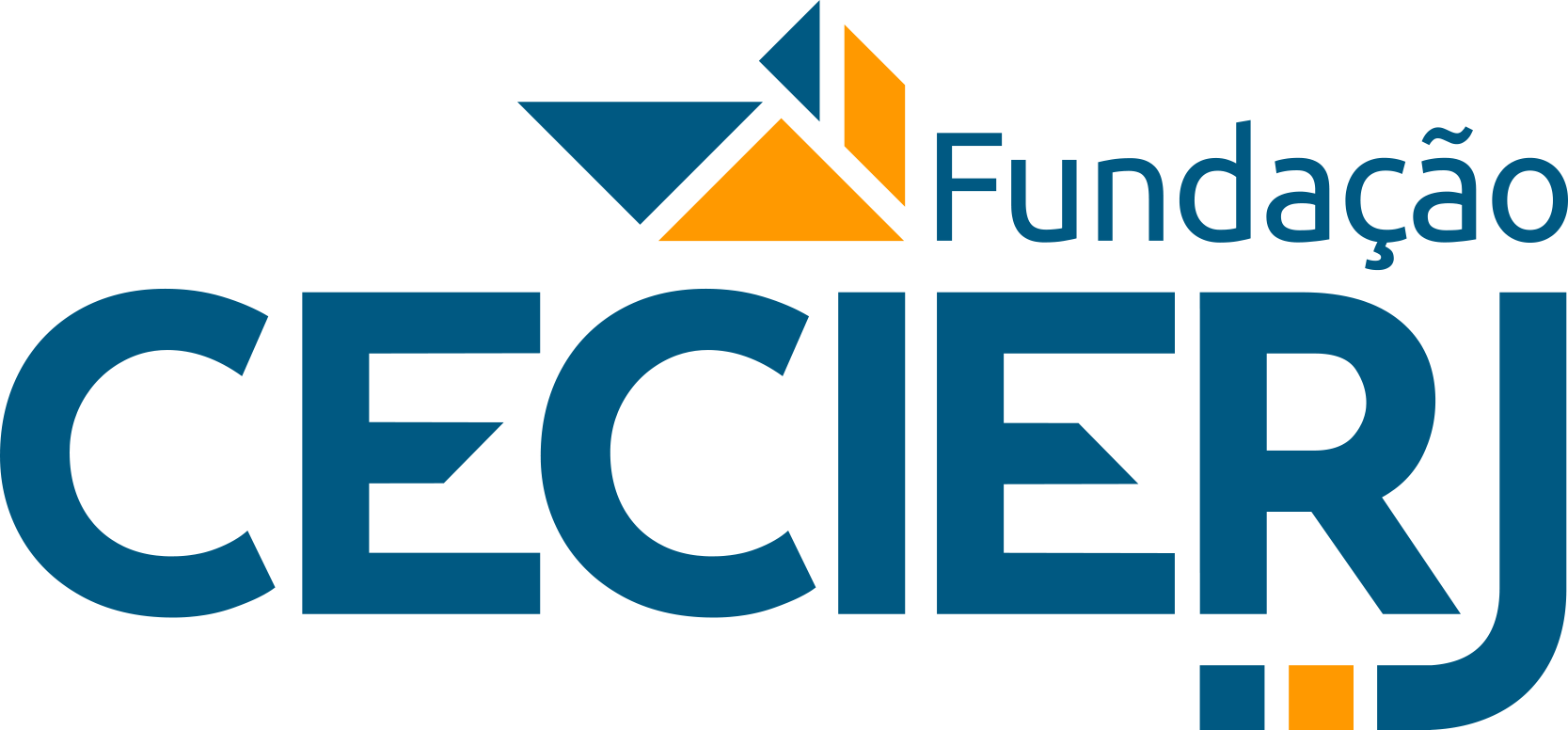Through an Aesthetic Experience, how to Observe the Importance of Connectors to Textual Production
DOI:
https://doi.org/10.18264/eadf.v14i1.2068Keywords:
Teaching, Connective, Textual production, MythosAbstract
The present work aims to demonstrate an aesthetic experience built from the production of authorial texts, making use of connectives, in remote classes of Portuguese Language, Literature and Textual Production, in the year 2021, aimed at qualifying students for the National Teaching Exam Medium (ENEM). Thus, it is proposed to highlight that the student's text, in order to achieve the objective of transmitting a meaning, must include offers (made by the teacher-mediator) of possibilities for observing the times of human being and his historicity to raise awareness of the process enunciation of textual production and the expansion of their sociocultural repertoire so that, in due course, they are able to organize their thoughts about their own existence and the contexts in which they participate. That said, we must resort to the philosophical understanding of the term mythos. The term comprises the narratives that present entities with their origins, since Antiquity, and, even today, through different means (physical or virtual) and forms (multimodal textual genres, films and others), translate society as a set of individuals who they need to coexist through meaningful relationships. Therefore, these are sine qua non conditions for revealing one's own speech and sharing an effective and seductive message.
Keywords: Connective. Textual production. ENEM. Mythos.
Downloads
References
ARISTÓTELES. Retórica. Lisboa: Imprensa Nacional - Casa da Moeda, 1998.
ARISTÓTELES. Política. São Paulo, SP: Martin Claret, 2007.
ARMSTRONG, K. Em nome de deus: o fundamentalismo no judaísmo, no cristianismo e no islamismo; tradução de Hildegard Feist. São Paulo: Companhia das letras, 2009.
BAUMAN, Z. Modernidade Líquida. Rio de Janeiro: Editora Zahar, 2001.
BARROS, J. F. Trilogia de sombras: Saramago, Santo Agostinho E Heidegger. Niterói, RJ: EDUFF, 2016.
BENVENISTE, É. Problemas de linguística geral I. Campinas, São Paulo: Pontes, 1988.
BENVENISTE, É. O aparelho formal da enunciação. In: BENVENISTE, É. Problemas de Linguística Geral II. Tradução de João Wanderlei Geraldi. Campinas: Pontes, 1989. p. 81-90.
BENVENISTE, É. Problemas de linguística geral II. Campinas, São Paulo: Pontes,1989. CHAUI, M. Convite à filosofia. São Paulo: Ática, 2010.
CHAUI, M. A filosofia como vocação para liberdade. Estudos Avançados, São Paulo, v. 17, n° 49, p. 7-15, dez. 2003a.
DUCROT, O. Argumentação e "topoï" argumentativos. In: GUIMARÃES, E. (Org.) História e sentido na linguagem. Campinas: Pontes, 1989. p.13-38.
DUCROT, O. Princípios de semântica linguística. Trad. Carlos Vogt, Rodolfo Ilari, Rosa Atié Figueira. São Paulo: Editora Cultrix, 1972.
DUCROT, O. Provar e dizer: linguagem e lógica. Trad. Maria Aparecida Barbosa, Maria de Fátima Gonçalves Moreira, Cidmar Teodoro Pais. São Paulo: Global Editora, 1981.
DUCROT, O. O dizer e o dito. Trad. Eduardo Guimarães. Campinas, SP: Pontes, 1987.
DUCROT, O. A pragmática e o estudo semântico da língua. Letras de Hoje. Porto Alegre, v. 40, n. 1, p. 9-21, 2005. Disponível em: http://revistaseletronicas.pucrs.br/ojs/index.php/fale/article/ view/13721/9105 - Acesso em: 02 mar. 2014.
FOUCAULT, M. A Arqueologia do saber. Rio de Janeiro: Forense, 1986. JAKOBSON, R. Linguística e Comunicação. São Paulo: Cultrix, 1974.
KOCH, I. G. V. Argumentação e linguagem. 13ª ed. São Paulo: Cortez, 2011.
KOCH, I. G. V. A inter-ação pela linguagem. 11ª ed. São Paulo: Contexto, 2012.
KOCH, I. G. V. Texto e coerência. São Paulo: Cortez, 1999. LACAN, J. Le séminaire, livre III: les psychoses. Paris: Seuil, 1981.
SAUSSURE, F. de. Curso de linguística geral Trad. Antônio Cheline, José Paulo Paes, Izidoro Blikstein. 27ª ed. São Paulo: Cultrix, 2006 (1916).
Downloads
Published
How to Cite
Issue
Section
License
Copyright (c) 2024 EaD em Foco

This work is licensed under a Creative Commons Attribution 4.0 International License.
All articles published in Revista EaD em Foco receive the license
Creative Commons - Atribuição 4.0 Internacional (CC BY 4.0).
All subsequent publications, complete or partial, must be made with the acknowledgment, in citations, of the Revista EaD em Foco as the original editor of the article.













